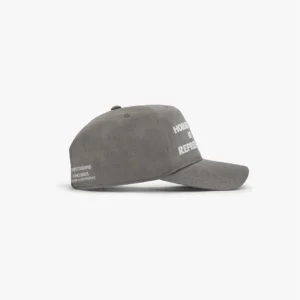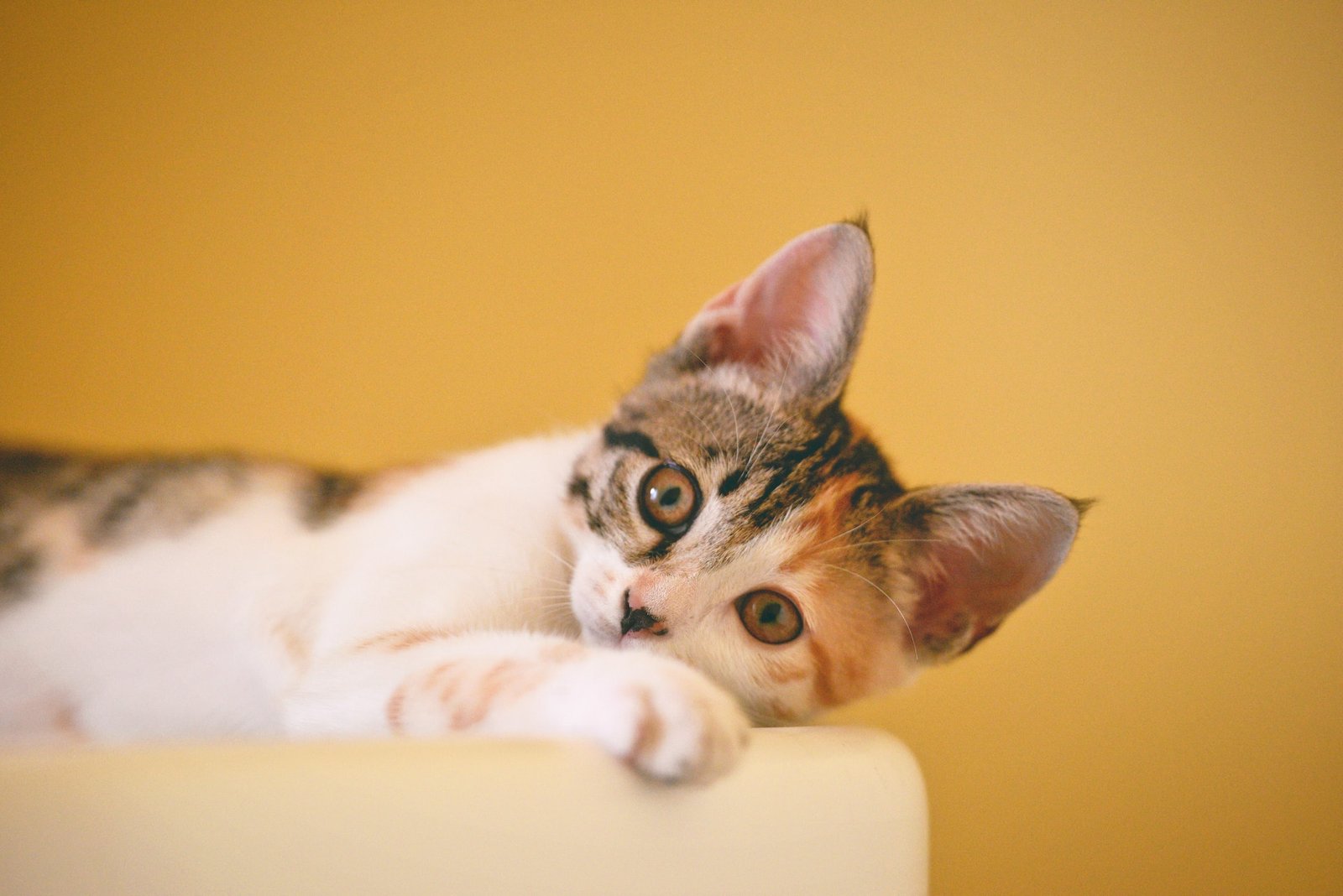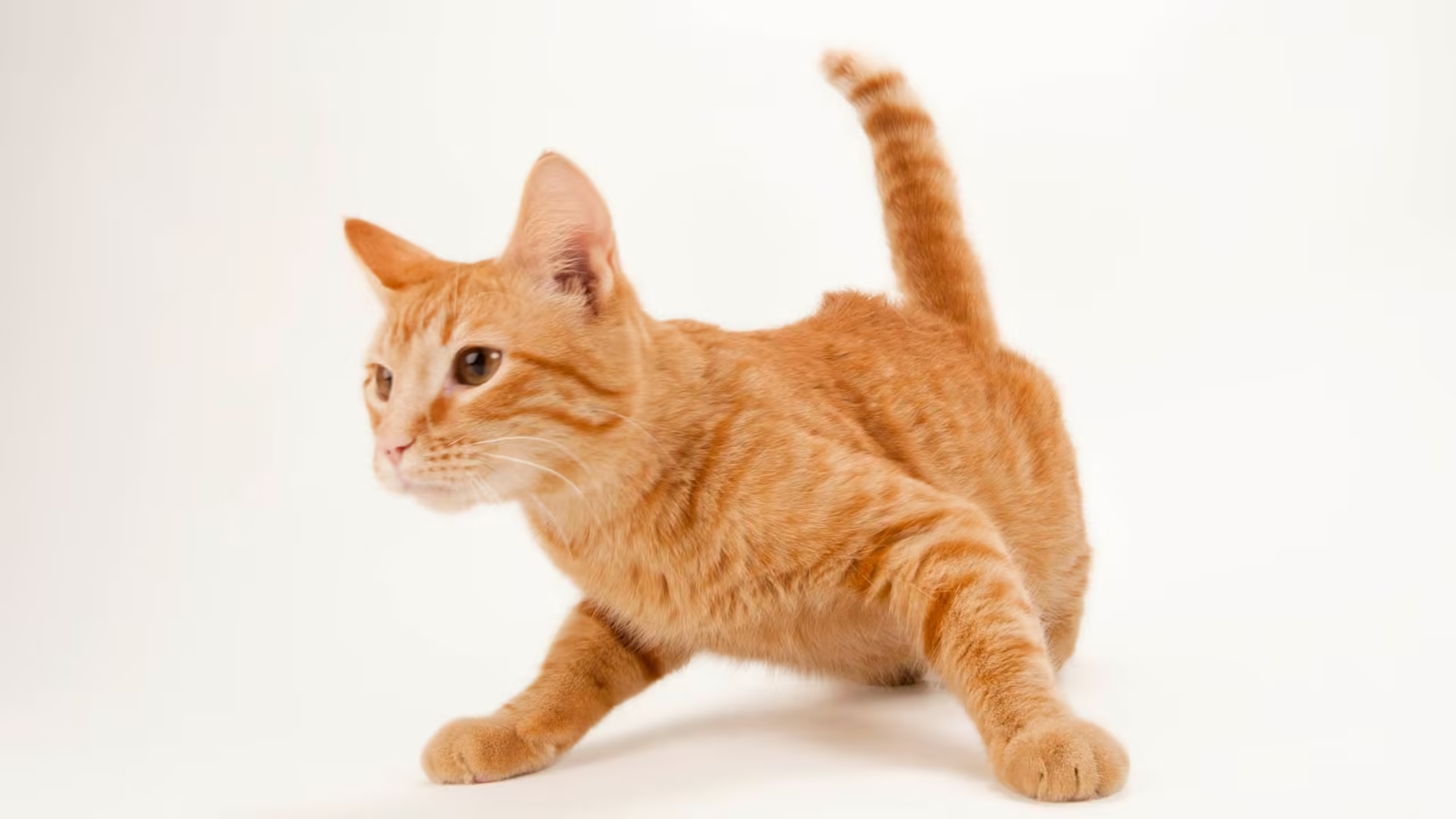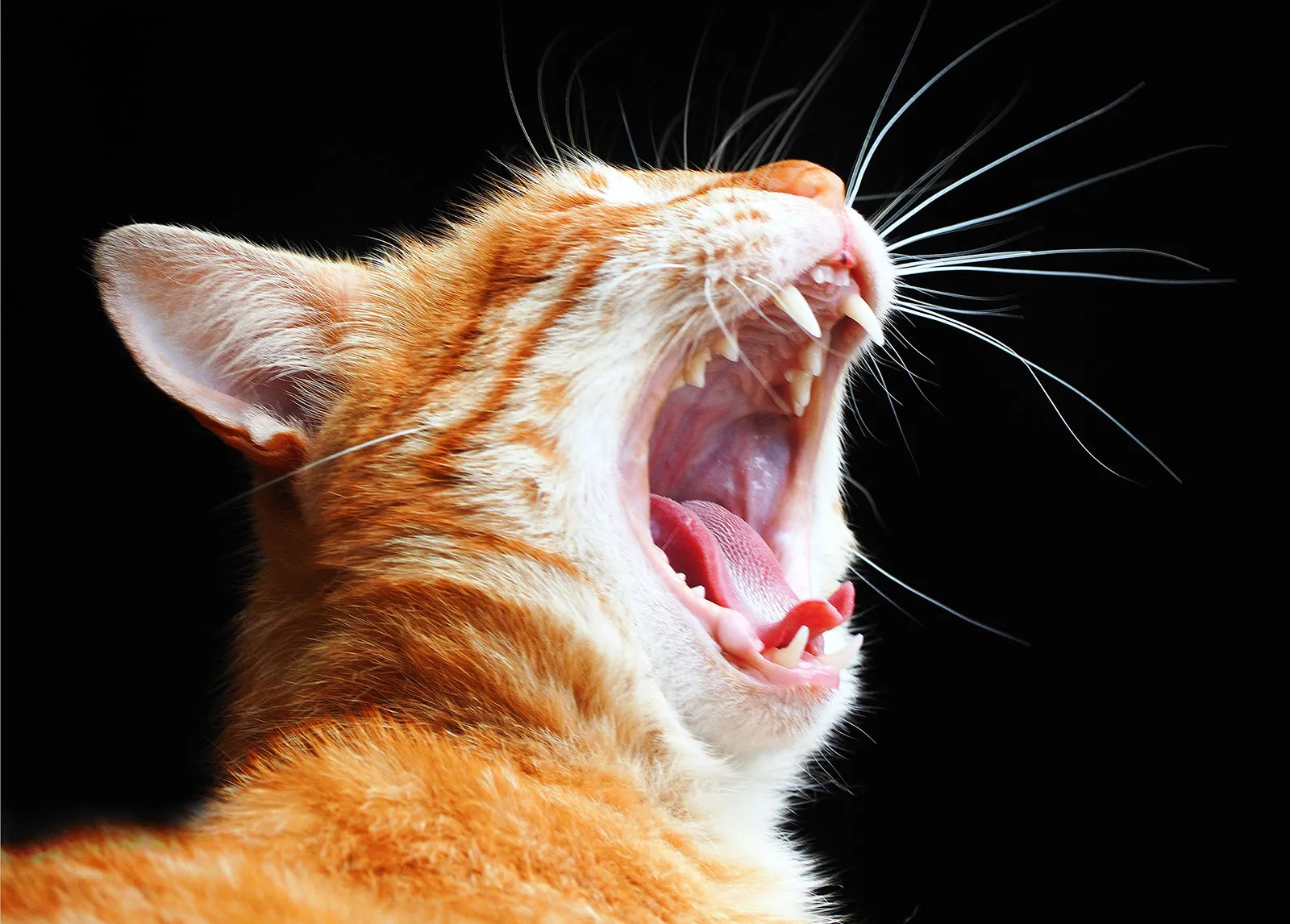How to Draw a Cat
If you are a cat lover, you might have tried to draw your furry friend at some point in your life. But drawing a cat can be a challenging task, especially for beginners. However, with some practice and guidance, you can learn to draw a realistic cat easily. In this article, we will provide you with a step-by-step guide on how to draw a cat, even if you have no prior experience in drawing.
Materials Required
Before we get started, you will need some basic materials to draw a cat. Here is a list of things you will need:
- Drawing paper
- Pencil
- Eraser
- Black pen or marker
Step 1: Sketch the Body
Start by drawing a large oval shape for the body. Then, add two smaller ovals on top of the body for the head and neck. Next, draw two small circles for the ears, and two more ovals for the paws. Finally, add a long, curved tail.
Step 2: Outline the Body
Using your pencil, trace over the sketch to create a more defined outline. Make sure to add details such as the eyes, nose, mouth, and whiskers.
Step 3: Add Fur
Cats have soft, furry coats, so it is important to add some texture to your drawing. You can do this by lightly sketching small, overlapping lines over the body and tail.
Step 4: Shade the Drawing
Using your pencil, add shading to your drawing to give it depth and dimension. Shade the areas that would naturally be darker, such as under the chin, around the eyes, and under the paws.
Step 5: Ink the Drawing
Once you are satisfied with your pencil drawing, use a black pen or marker to ink over the lines. Make sure to erase any remaining pencil marks before inking.
Step 6: Add Details
Finally, add any additional details to your drawing, such as whiskers, claws, or a pattern on the fur.
Congratulations! You have successfully drawn a cat. Practice this technique multiple times to perfect your skills.
Tips for Drawing a Realistic Cat
- Observe a real cat or a photograph of a cat to get a better idea of its anatomy and features.
- Start with simple shapes and work your way up to more complex details.
- Experiment with different textures and shading techniques to add depth and dimension to your drawing.
Drawing a cat can be a fun and rewarding experience, even for beginners. With some practice and patience, you can create a beautiful masterpiece that showcases your love for these feline creatures.
Conclusion
In conclusion, drawing a cat can seem like a daunting task at first, but with the right techniques and materials, it can be a rewarding experience. Remember to start with simple shapes, observe real cats or photographs, and experiment with different shading techniques. With these tips in mind, you will be well on your way to creating a realistic cat drawing.
FAQs
Q1. Can I use colored pencils instead of a black pen for inking?
A1. Yes, you can use colored pencils or any other medium you prefer for inking.
Q2. Is it important to draw from real life, or can I use a photograph?
A2. While it is always better to draw from real life, using a photograph can be helpful, especially for beginners.
Q3. Can I add my own style to the cat drawing?
A3. Absolutely! Once you have mastered the basics, you can experiment with different styles and techniques to create a unique cat drawing.
How to Draw a Cat: A Step-by-Step Guide for Beginners
If you’re interested in drawing, cats are a great subject to start with. They have a simple yet recognizable shape that’s fun to replicate on paper. However, drawing a cat can be tricky, especially if you’re a beginner. In this article, we’ll provide you with a step-by-step guide on how to draw a cat.
Table of Contents
- Materials You’ll Need
- Understanding Cat Anatomy
- Sketching the Cat’s Outline
- Adding Details to the Cat’s Face
- Drawing the Cat’s Body
- Finalizing Your Drawing
- Tips for Improving Your Cat Drawings
- Frequently Asked Questions (FAQs)
Materials You’ll Need
Before you begin drawing, make sure you have the following materials:
- Paper
- Pencil
- Eraser
- Ruler (optional)
- Colored pencils or markers (optional)
Understanding Cat Anatomy
Before you can draw a cat, it’s essential to understand its anatomy. A cat’s body is made up of several basic shapes. The head is a triangle, the body is an oval, and the legs and tail are cylinders.
Cats also have some unique features, such as their pointy ears, almond-shaped eyes, and long whiskers. Keep these details in mind as you begin sketching your cat.
Sketching the Cat’s Outline
Start by sketching the basic shapes that make up the cat’s body. Use a light pencil and draw lightly so that you can easily erase any mistakes. Begin with the head, which should be a small triangle shape.
Next, draw the body as an oval shape, and then add the legs and tail as cylinders. Don’t worry too much about getting the proportions right just yet; you can adjust them as you go.
Adding Details to the Cat’s Face
Once you have the basic outline of your cat, it’s time to add some details to its face. Start by sketching the eyes, which should be almond-shaped and set at a slight angle. Add the pupils and highlight in the eyes to make them stand out.
Next, sketch the nose and mouth. Cats have small, triangular noses, and their mouths are usually just a small line. Add some whiskers to complete the face.
Drawing the Cat’s Body
Now it’s time to add some details to the cat’s body. Start by adding some fur texture to the head, using short, curved lines. Then, sketch the front legs and paws, making sure they are the right size in proportion to the body.
Add the back legs and paws, and then draw the tail. You can make the tail as long or short as you’d like.
Finalizing Your Drawing
Once you’ve added all the details, go over your drawing with a darker pencil or pen. This will help the drawing stand out and make the lines more defined.
Erase any remaining guidelines, and add shading or color if desired. You can use colored pencils or markers to add some color to your drawing.
Tips for Improving Your Cat Drawings
- Practice regularly to improve your skills.
- Use reference photos or videos to help you understand cat anatomy and behavior.
- Experiment with different styles and techniques to find what works best for you.
- Don’t be afraid to make mistakes; they’re an essential part of the learning process.
Frequently Asked Questions (FAQs)
Q: Do I need to be good at drawing to draw a cat? A: No, anyone can draw a cat with practice and patience.
Q: How do I make my cat drawings look realistic? A: Study cat anatomy and behavior, and practice regularly.
Internal link – bilaar











